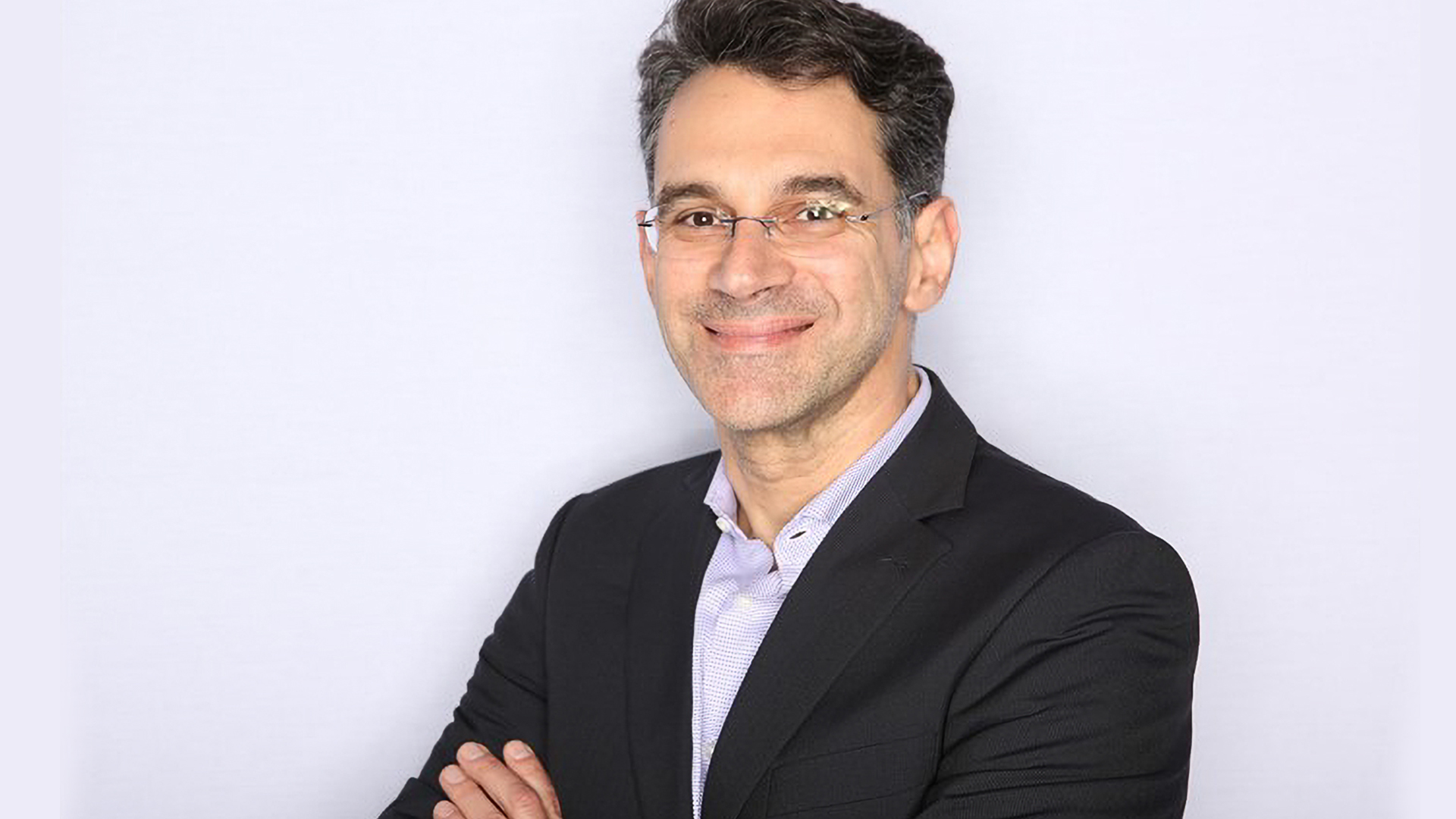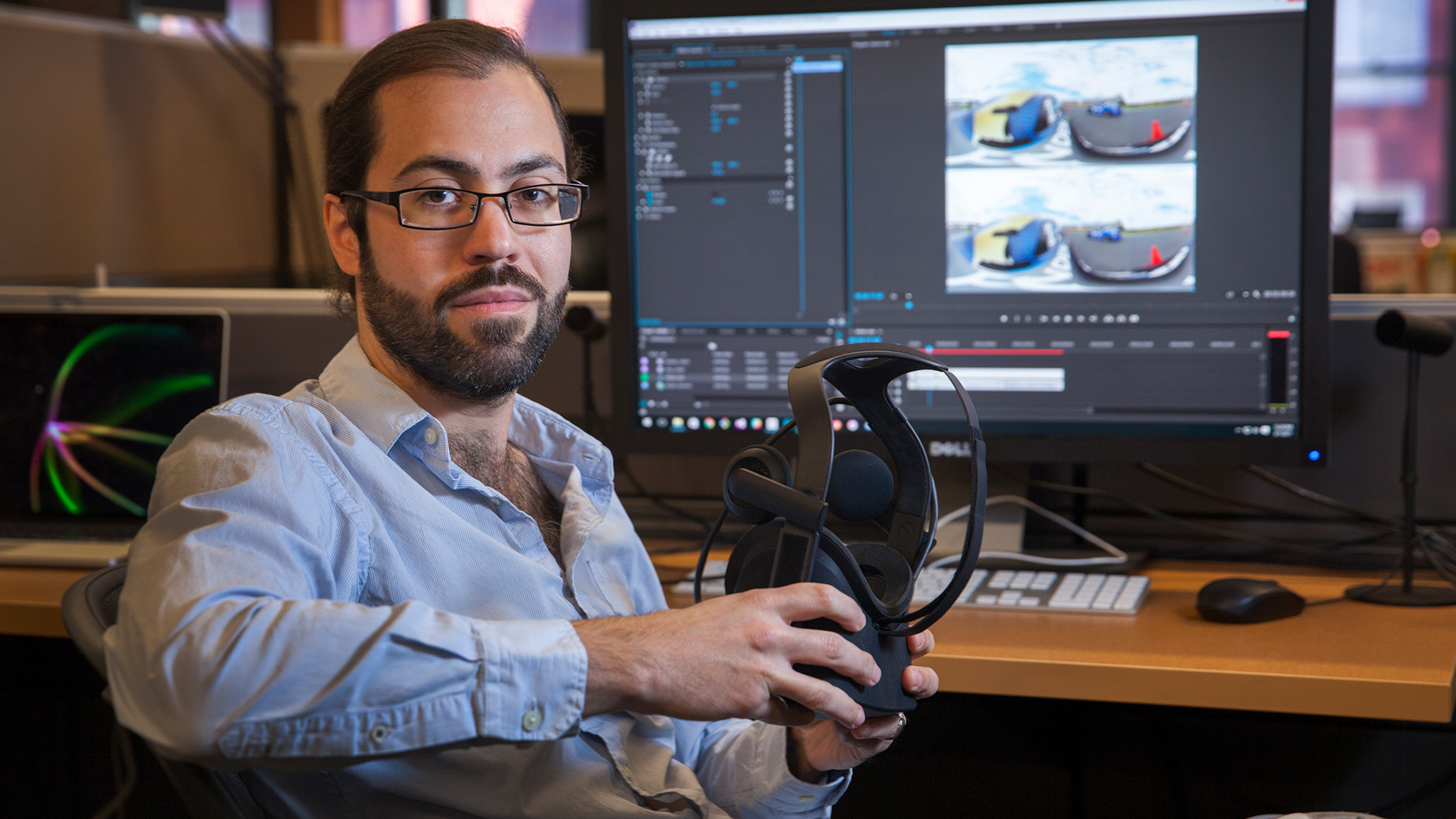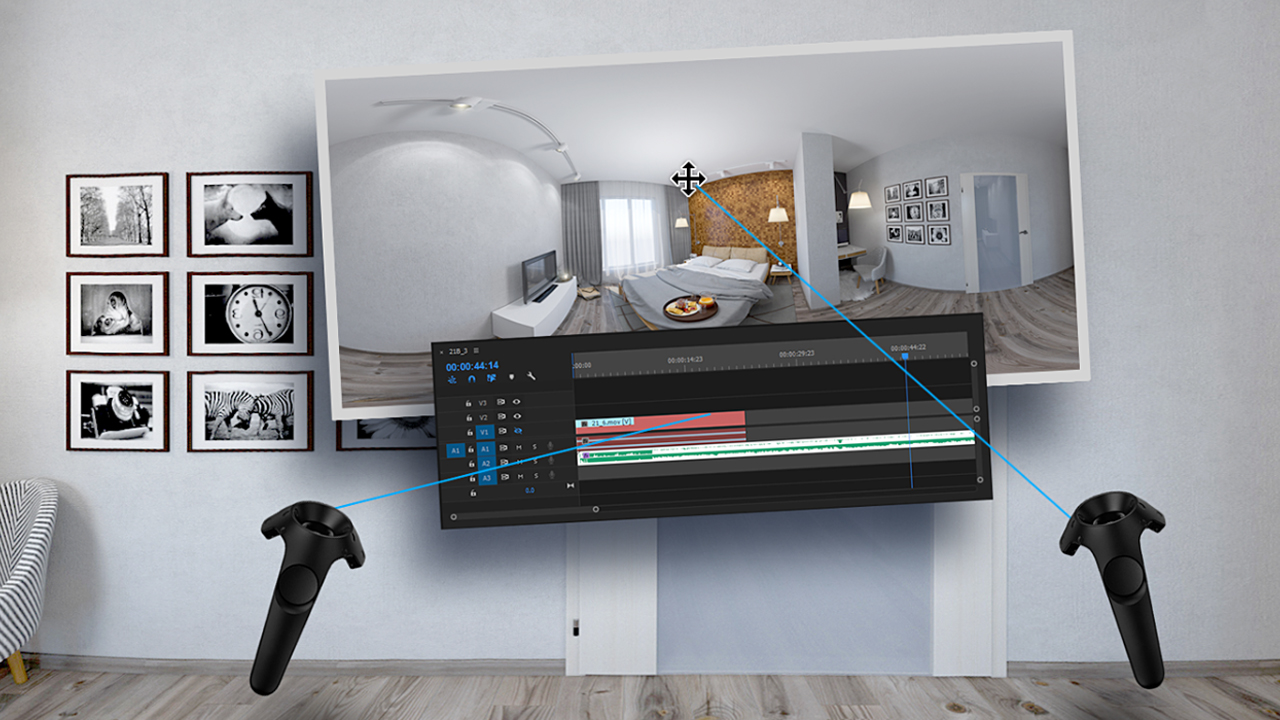A bit of distance can help you see clearly, and sometimes it can bring you back to where you started. That’s what happened for Nikos Vlassis and Stephen DiVerdi — they both spent several years at Adobe Research, left for other opportunities, and then returned to dig into new ideas and help Adobe customers expand their creativity.
We talked to them about deciding to come back, finding the freedom to explore, and the excitement that comes with creating for creative people.
Intellectual freedom with a pragmatic approach
Vlassis, Adobe Research Principal Scientist, spent four years at Adobe and then left to explore other industries. “I returned to Adobe because it felt like going back to family, going home somehow, which attests to the quality of the place. We do research to improve products that end up in the hands of people who produce new pieces of art and other creative things. It’s wonderful,” he explains.

The freedom and connection to the world of research are also big selling points for Vlassis. “We can pick our own themes and there’s support and encouragement. And every summer the whole company transforms itself into a vibrant environment as we welcome interns, so we get to interact with young people with fresh thoughts. I love this opportunity to stay connected with students.”
Since re-joining Adobe Research, Vlassis has also had the chance to make an impact on Adobe’s creative customers by contributing technologies to the company’s products. He’s worked on innovations for Adobe Express, including tools that can understand a user’s preferences and recommend templates or design ideas.
“When I work with the product team, my role is to find different ways to look at a problem, but we also have to improve the product, so that keeps us grounded in reality. It’s this very beautiful kind of juggling to push the envelope on ideation and to be pragmatic. In fact, that’s why I left academia and came to industry,” says Vlassis, who served as an assistant professor for 10 years. “At Adobe there are so many opportunities for me to push my thinking, and I have the freedom to jump between products. The cross-pollination and transfer of ideas is inspiring.”
Understanding artists and meeting them where they are
DiVerdi, Principal Scientist, spent a few summers interning with Adobe Research during grad school and then joined full-time. After five years, he wanted a new perspective, so he made a move to another company.

“It was good to experience different attitudes about software development and a different company. When I came back I could really appreciate the best things about Adobe, especially the culture and the strong connections I have with my colleagues,” he says.
“Adobe is really in a sweet spot because we have the best things about bigger tech companies — our researchers have a very visible product impact so I get to see how my work changes the course of our products. And we value openness and transparency in our research. It’s unique to have those things together.”
One of DiVerdi’s favorite parts of working at Adobe is collaborating with artists so he can build better tools for them. “I’m not an artist by any stretch, but I really love that we get to be such a big part of the artistic process for so many talented people,” he explains. “We get to meet our users where they are.”
DiVerdi is especially interested in building tools for artists who aren’t technical. “A lot of artists start with a pen and paper. So what is it about that physical media that gets them into the head space to ideate and be creative? How can we get people to move into the digital space and get that same level of intuition and focus and inspiration that comes from natural tools? I want to find a way to solve these problems so we can bring more people into the world of digital artwork.”

DiVerdi’s research has contributed to features in Photoshop, Illustrator, Premiere, and After Effects, including some of the natural painting media tools, a digital paint palette for realistic color mixing, vector-based watercolor, and editing tools for immersive video.
As an Adobe Research boomerang who’s found his own sweet spot, DiVerdi has advice for young tech researchers. “After I left, the door at Adobe was still open. I tell this to students who are choosing a job, ‘All of your options are good, and we’ll be interested in hiring you even if you go work for somebody else first.’ I try to take off a little of the pressure after so many years in school. I hope they can ease up a bit, smell the roses, and enjoy the process.”
Want to know more about Adobe Research boomerangs? Watch for part two of the story, coming soon!